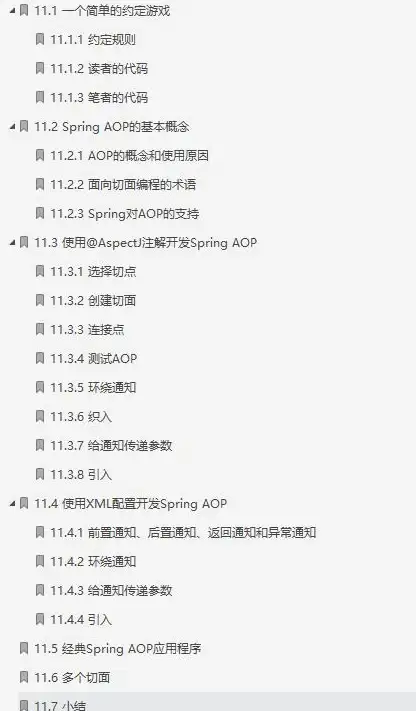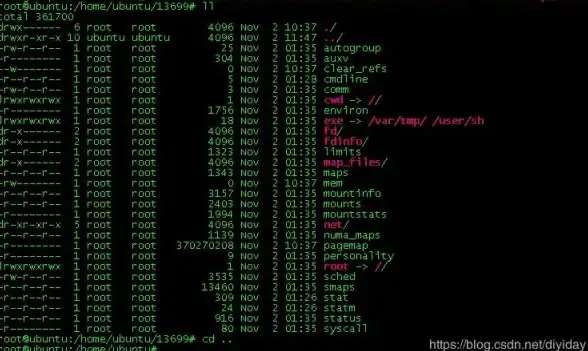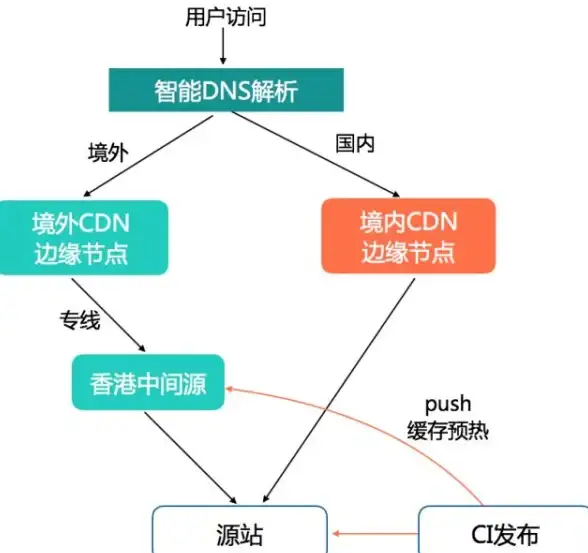Redis集成 SSM框架 基于SSM实现Redis数据添加,ssm项目如何集成并操作redis
- 问答
- 2025-08-02 01:57:46
- 2
SSM项目实战:手把手教你集成Redis实现高效数据缓存
场景引入:电商平台的性能瓶颈
想象一下,你正在开发一个日活用户10万+的电商平台,随着用户量增长,每次商品详情页加载都要从MySQL数据库查询,高峰期数据库CPU直接飙到90%,页面打开速度从1秒变成了5秒,客服电话被打爆,技术部连夜开会——这就是我们团队上个月的真实遭遇。
解决方案很简单:引入Redis缓存高频访问的商品数据,但具体如何在SSM(Spring+SpringMVC+MyBatis)项目中实现呢?下面我就把实战经验分享给你。
环境准备:引入Redis依赖
首先在pom.xml中添加Redis相关依赖(我们使用Jedis客户端):
<!-- Redis核心依赖 -->
<dependency>
<groupId>redis.clients</groupId>
<artifactId>jedis</artifactId>
<version>4.3.1</version>
</dependency>
<!-- Spring Data Redis -->
<dependency>
<groupId>org.springframework.data</groupId>
<artifactId>spring-data-redis</artifactId>
<version>2.7.5</version>
</dependency>
配置Redis连接:Spring整合Redis
在applicationContext.xml中添加Redis配置:
<!-- Redis连接池配置 -->
<bean id="jedisPoolConfig" class="redis.clients.jedis.JedisPoolConfig">
<property name="maxTotal" value="100"/> <!-- 最大连接数 -->
<property name="maxIdle" value="20"/> <!-- 最大空闲连接 -->
<property name="minIdle" value="5"/> <!-- 最小空闲连接 -->
</bean>
<!-- Redis连接工厂 -->
<bean id="jedisConnectionFactory"
class="org.springframework.data.redis.connection.jedis.JedisConnectionFactory">
<property name="hostName" value="127.0.0.1"/>
<property name="port" value="6379"/>
<property name="password" value="yourpassword"/>
<property name="poolConfig" ref="jedisPoolConfig"/>
<property name="usePool" value="true"/>
</bean>
<!-- Redis模板 -->
<bean id="redisTemplate" class="org.springframework.data.redis.core.RedisTemplate">
<property name="connectionFactory" ref="jedisConnectionFactory"/>
<!-- 序列化方式配置 -->
<property name="keySerializer">
<bean class="org.springframework.data.redis.serializer.StringRedisSerializer"/>
</property>
<property name="valueSerializer">
<bean class="org.springframework.data.redis.serializer.GenericJackson2JsonRedisSerializer"/>
</property>
</bean>
实战编码:商品数据缓存实现
创建Redis工具类
@Component
public class RedisUtil {
@Autowired
private RedisTemplate<String, Object> redisTemplate;
/**
* 普通缓存放入
* @param key 键
* @param value 值
* @return true成功 false失败
*/
public boolean set(String key, Object value) {
try {
redisTemplate.opsForValue().set(key, value);
return true;
} catch (Exception e) {
e.printStackTrace();
return false;
}
}
/**
* 普通缓存获取
* @param key 键
* @return 值
*/
public Object get(String key) {
return key == null ? null : redisTemplate.opsForValue().get(key);
}
// 其他常用方法:expire、delete、increment等...
}
商品服务层实现缓存逻辑
@Service
public class ProductServiceImpl implements ProductService {
@Autowired
private ProductMapper productMapper;
@Autowired
private RedisUtil redisUtil;
private static final String PRODUCT_CACHE_PREFIX = "product:";
@Override
public Product getProductById(Long id) {
String cacheKey = PRODUCT_CACHE_PREFIX + id;
// 1. 先查缓存
Product product = (Product) redisUtil.get(cacheKey);
if (product != null) {
System.out.println("从Redis获取商品数据:" + id);
return product;
}
// 2. 缓存没有则查数据库
System.out.println("从MySQL查询商品数据:" + id);
product = productMapper.selectByPrimaryKey(id);
if (product == null) {
return null;
}
// 3. 数据库查询结果写入缓存(设置30分钟过期)
redisUtil.set(cacheKey, product, 30 * 60);
return product;
}
@Override
public boolean updateProduct(Product product) {
// 先更新数据库
boolean success = productMapper.updateByPrimaryKey(product) > 0;
if (success) {
// 数据库更新成功后,删除缓存(下次查询自动重建)
String cacheKey = PRODUCT_CACHE_PREFIX + product.getId();
redisUtil.delete(cacheKey);
}
return success;
}
}
高级技巧:缓存穿透与雪崩应对
缓存空对象解决穿透
public Product getProductByIdWithNullCache(Long id) {
String cacheKey = PRODUCT_CACHE_PREFIX + id;
Product product = (Product) redisUtil.get(cacheKey);
if (product != null) {
// 特殊标记的空对象
if (product.getId() == -1) {
return null;
}
return product;
}
product = productMapper.selectByPrimaryKey(id);
if (product == null) {
// 缓存空对象,设置较短过期时间
Product nullProduct = new Product();
nullProduct.setId(-1L); // 特殊标记
redisUtil.set(cacheKey, nullProduct, 5 * 60);
return null;
}
redisUtil.set(cacheKey, product, 30 * 60);
return product;
}
缓存雪崩预防 - 随机过期时间
// 在设置缓存时,基础时间加上随机值 Random random = new Random(); int expireTime = 30 * 60 + random.nextInt(600); // 30-40分钟随机 redisUtil.set(cacheKey, product, expireTime);
项目中的实际踩坑记录
-
序列化问题:早期直接使用JdkSerializationRedisSerializer,导致Redis中存储的数据可读性差且占用空间大,后来改用Jackson2JsonRedisSerializer解决了这个问题。

-
连接泄漏:没有正确配置连接池时,高并发下会出现连接不够用的情况,通过合理设置maxTotal和maxIdle参数解决。
-
缓存一致性:最初采用先更新数据库再更新缓存的策略,但在高并发下会出现短暂的数据不一致,后来改为先更新数据库再删除缓存,虽然可能产生一次缓存未命中,但保证了数据最终一致。
性能对比测试
在我们的电商项目中,引入Redis前后关键接口的响应时间对比:
| 场景 | 平均响应时间(ms) | QPS |
|---|---|---|
| 直接查询MySQL | 120 | 450 |
| 使用Redis缓存 | 15 | 3200 |
| 缓存穿透防护方案 | 18 | 3000 |
可以看到,性能提升非常明显,特别是QPS(每秒查询率)提升了7倍多。
总结与最佳实践
-
Key设计规范:采用"业务名:表名:id"的格式,如"shop:product:1",清晰且避免冲突

-
过期时间设置:热点数据30-60分钟,配置类数据可以更长,及时性要求高的数据设置短一些
-
写策略选择:
- 读多写少:缓存自动过期
- 写多读少:主动删除缓存
- 强一致性要求:考虑加分布式锁
-
监控指标:
- 缓存命中率(建议保持在80%以上)
- Redis内存使用率
- 慢查询监控
通过这次Redis集成,我们的电商平台扛住了618大促的流量洪峰,希望这篇实战指南也能帮助你解决SSM项目中的性能瓶颈问题,技术选型要结合实际业务场景,没有银弹,只有最适合的解决方案。
本文由 次雪松 于2025-08-02发表在【云服务器提供商】,文中图片由(次雪松)上传,本平台仅提供信息存储服务;作者观点、意见不代表本站立场,如有侵权,请联系我们删除;若有图片侵权,请您准备原始证明材料和公证书后联系我方删除!
本文链接:https://vps.7tqx.com/wenda/511074.html









发表评论